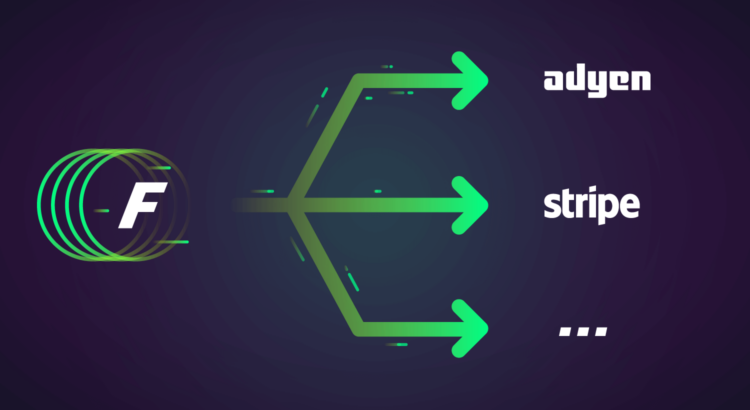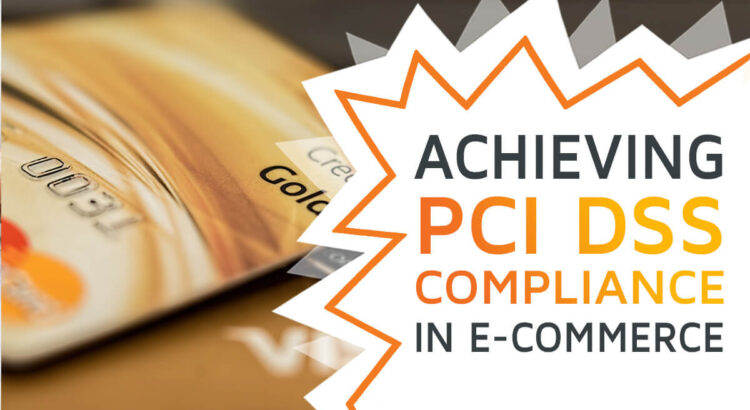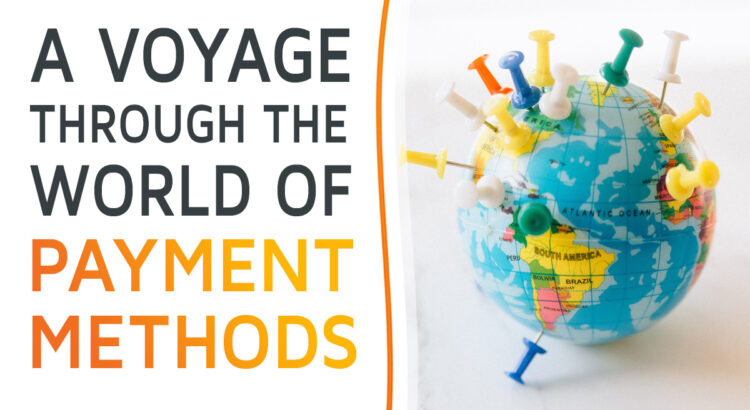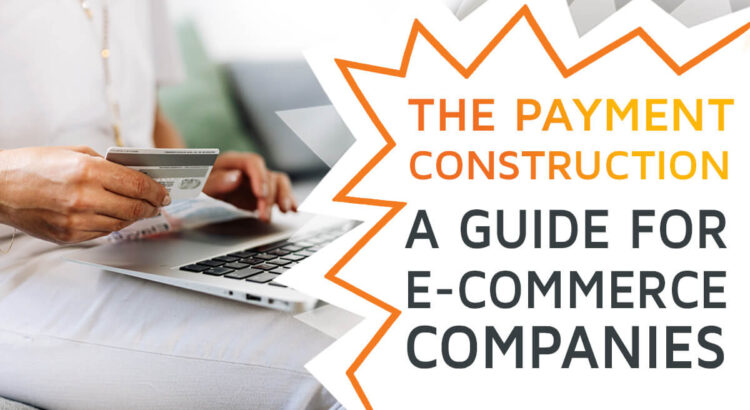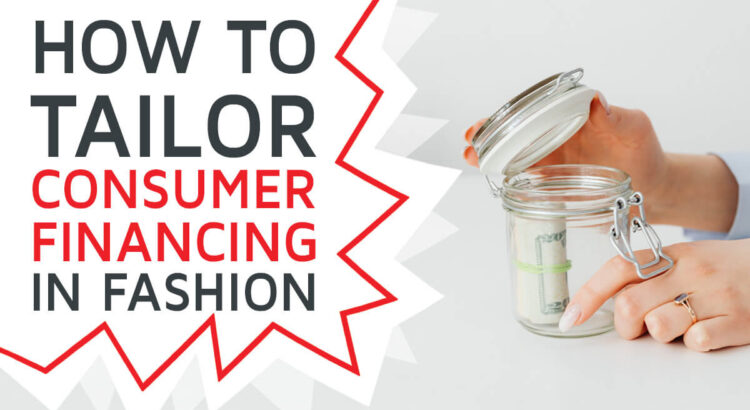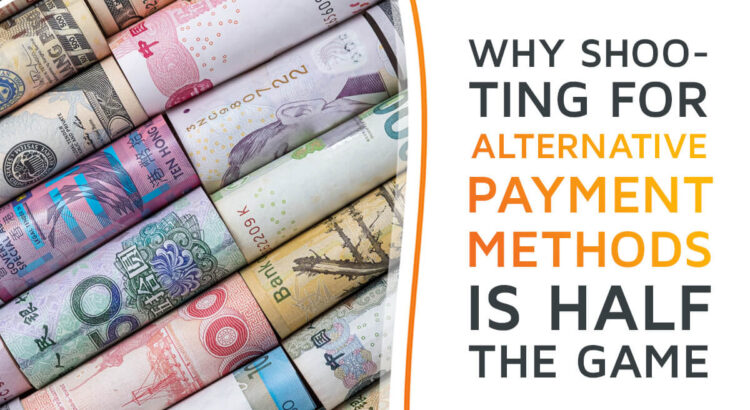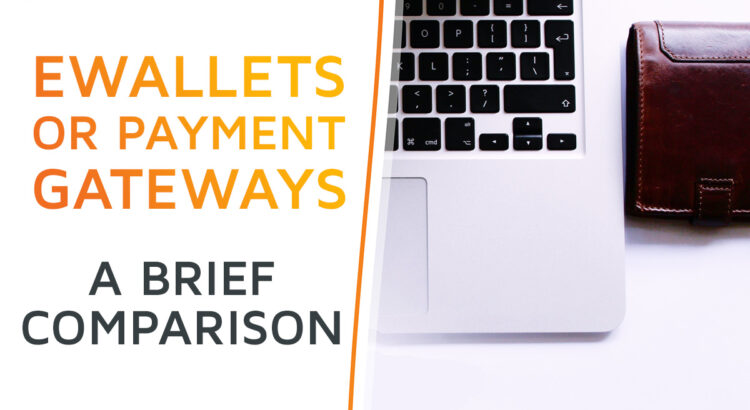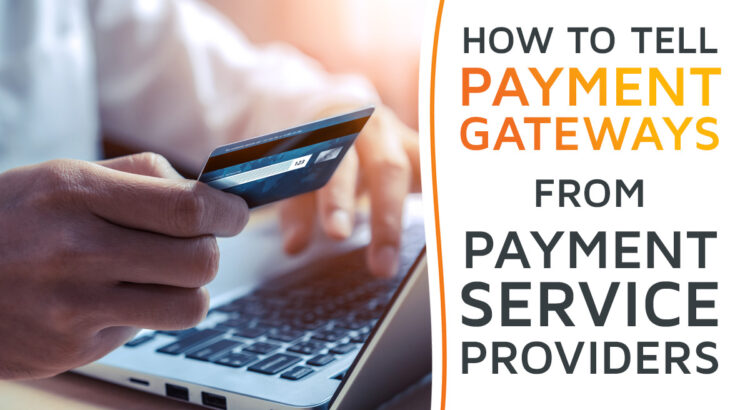Let’s face it: The majority of customers don’t trust your payment system just because. You have to earn their trust.
For German e-commerce, that’s strikingly true. According to statista, 51% of German customers name ”Security and Trust Issues at Checkout” as the prime reason why they don’t shop on an online platform. Over one third of them also feel pushed off by a ”Long and Confusing Payment Process” (37%). And so, companies are between a rock and a hard place: How to speed up and simplify the checkout process without compromising security?
Credit card tokenization is one of the key ingredients of the remedy. During tokenization a so-called token replaces the clear-text card details, acting as a stand-in for the full credit card. This has a number of advantages such as:
- Saving the customer’s card details for subsequent payments
- Eliminating the reentering of card information during failover rerouting to a different PSP
- Reducing the risk of data breaches, increasing customer trust
- And thus providing a frictionless, satisfying user experience.
To make this work, however, your company’s payment system must be able to call up a secure, PCI DSS-compliant storage, a Vault. The Vault ensures that customer’s card data is tokenized and securely stored and will not fall into the wrong hands. In the following paragraphs we will highlight a path to get a fully functioning Vault for your business.
In detail, this article will answer:
- What the core functions of a PCI Vault are
- Which options there are to get a Vault
- How self-built and bought on-premise Vault systems differ
- How Finergizer can present a shortcut for getting your own Vault
Curtains up!
Read More
